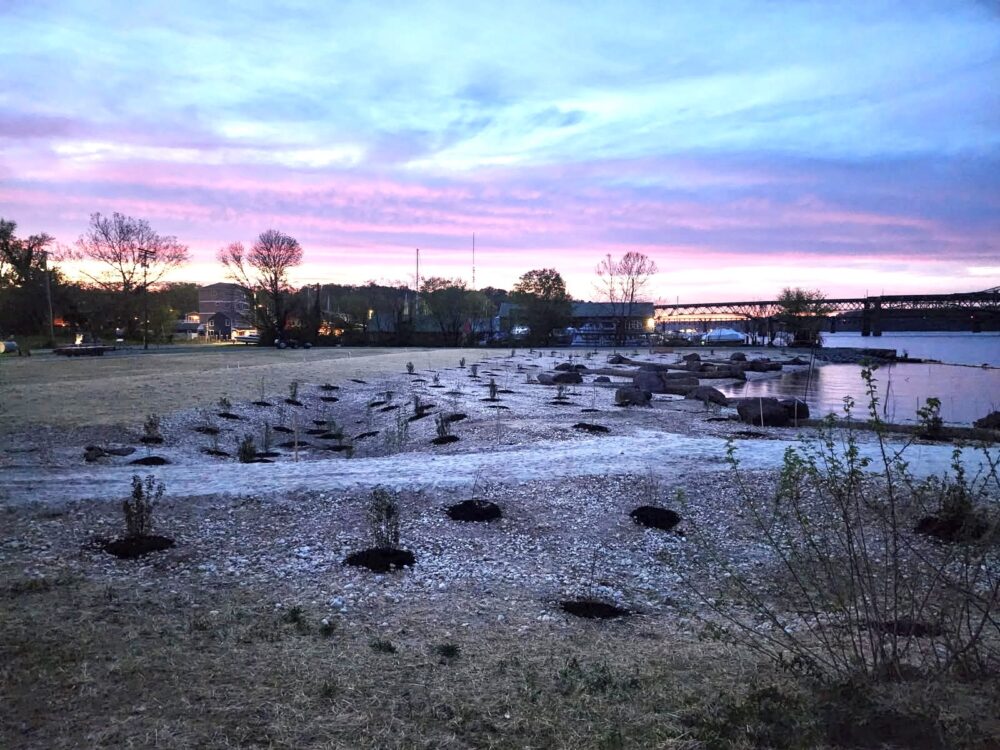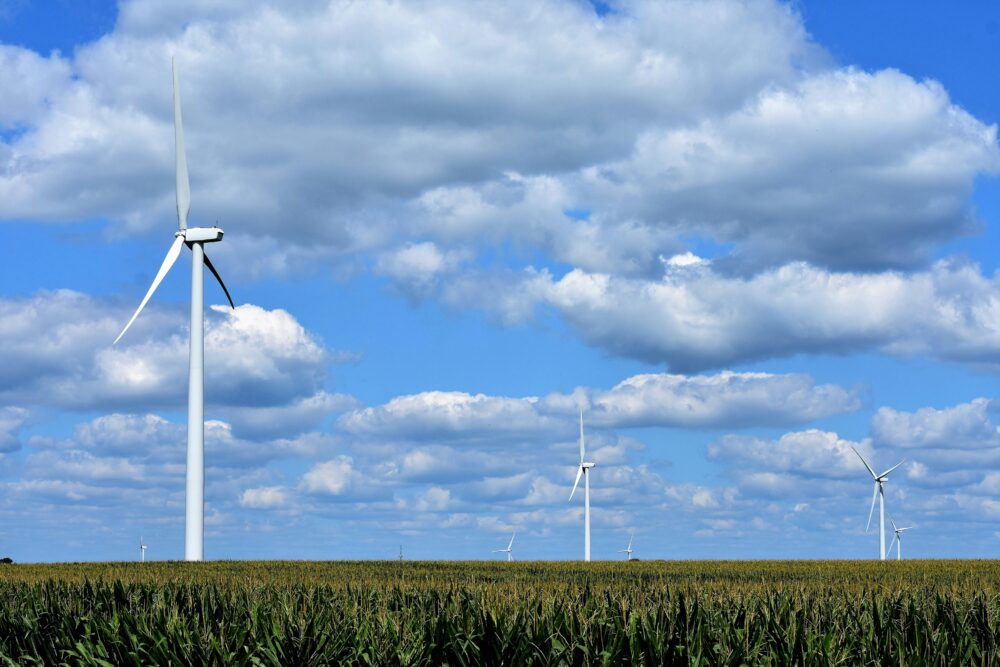We have much more to do and your continued support is needed now more than ever.
Bioenergy and Biodiversity in the Southeast: Like Speeding in a Crowded Neighborhood?
The street to my house goes through a school zone and our neighborhood is full of kids. I have a school-aged daughter myself. I pride myself on being a safe driver. I try to look carefully and slow down. Of course I would never intentionally hit a kid who happened to be in my way. But I have to admit I wouldn’t slow down as often or as much if it weren’t for the speed camera that was recently installed.
 The same basic truth applies to people ‘driving’ businesses in crowded neighborhoods. Sure, they have deadlines and payments to meet. Yes, they get impatient with caution and rules that might seem unnecessary at times. But to avoid accidents, we establish speed limits and other traffic rules. I’d suggest that a new, fast-charging industry might need a few new rules to avoid colliding with some precious ones that might happen to be in their way.
The same basic truth applies to people ‘driving’ businesses in crowded neighborhoods. Sure, they have deadlines and payments to meet. Yes, they get impatient with caution and rules that might seem unnecessary at times. But to avoid accidents, we establish speed limits and other traffic rules. I’d suggest that a new, fast-charging industry might need a few new rules to avoid colliding with some precious ones that might happen to be in their way.
The industry involved uses wood for energy—“biomass,” it’s called—and the crowded neighborhood is the Southeast U.S.
Why Study the Southeast?
Until recently, we haven’t had much specific knowledge about the impacts of woody bioenergy harvesting on wildlife. There’s been a lot of concern—and rightly so—about the impacts of bioenergy on climate change. But these analyses are necessarily done at regional and global scales, and carbon impacts differ from wildlife impacts. So I’ve been very excited about a new report that NWF commissioned that is taking a good, close look at biodiversity.
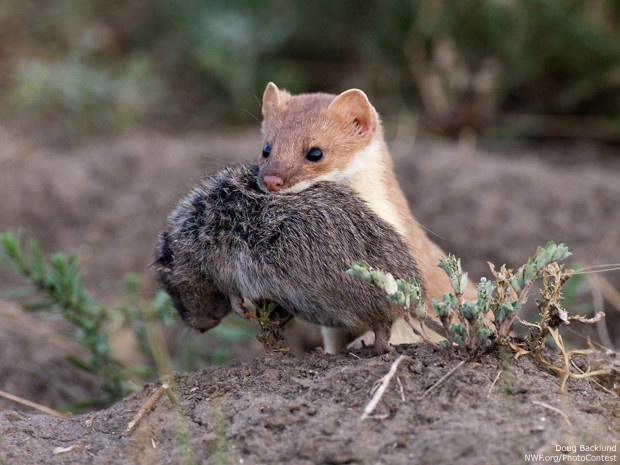
Fueling Biomass/Bioenergy Development
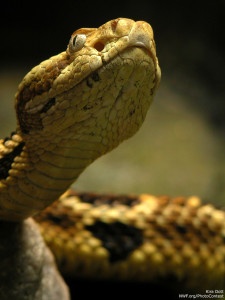
Some of the SE’s pellets are made on a relatively small scale for the domestic home-heating market, but the fastest growth is in the large-scale production of pellets for export to Europe utilities. In fact, biomass, much of it from the U.S., is expected to supply up to half of the renewable energy needed to meet the European Union’s 20% by 2020 Renewable Energy Directive. In the U.S., the pellet industry is expected to almost double between 2012 and 2014, to a capacity of almost 14 million tons, with much of this growth occurring in the SE.
Seeing the Forest for the Species
The study marks a significant improvement in the quality of biodiversity impact assessments from bioenergy. Led by Jason Evans, an environmental sustainability analyst at the University of GA who has expertise in wildlife and GIS analysis, the study used a two-step approach to assess potential impacts. First, Dr. Evans developed spatially-explicit sourcing models to predict where, over the next few decades, logging will be done to supply six actual bioenergy facilities, ranging from small pellet plants in the mountains to utilities in the mountains and piedmont to large export pellet plants in the coastal plain. Their sourcing model is based on what types of biomass resources the plants will use, the distribution and abundance of local forest types, demand from other forest product industries, and even the local road networks.
Then the researchers assessed where this logging might conflict with biodiversity. Because the actual distribution of biodiversity isn’t mapped well, scientists need to use proxies or ways of representing biodiversity (or risks to biodiversity). The first proxy that the team used was an assessment of which natural forests might be converted to plantations, which can reduce habitat value and thus biodiversity, and which rare forest types might be logged, in response to new biomass demand.
The second proxy was indicator species, which ecologists choose to represent a group of species dependent on similar habitats. The indicators species include includes two mammals (eastern spotted skunk and long-tailed weasel), four birds (northern bobwhite, Swainson’s warbler, brown-headed nuthatch, and prothonotary warbler), two amphibians (gopher frog and northern cricket frog), and one reptile (timber rattlesnake).
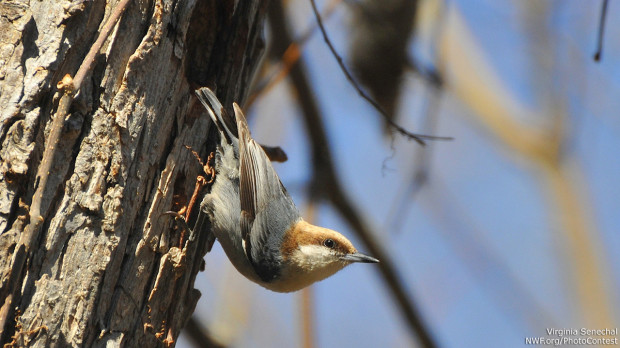
Importantly, the report does not assess carbon benefits—or risks—from any of the bioenergy facilities, but an earlier report commissioned by NWF found that using whole trees to generate electricity in inefficient power plants would increase atmospheric carbon for many decades, until the regrowth of trees finally re-sequesters the emitted carbon.
Diverse Impacts on Wildlife Diversity
What emerges from the dizzying array of maps and data that the team produced is a picture that, not coincidentally, is as varied as the distribution of most species. The projected impacts of woody bioenergy harvesting depend a lot on where the harvesting will be done, how much will be done, what kinds of biodiversity exists in the forests that might be logged, and what sorts of existing or new policies are put in place to protect biodiversity.
The GA Biomass, LLC pellet plant is a good example of how good placement of a plant, and adoption of new but basic protections for biodiversity, could significantly reduce the threat to biodiversity. Though the GA Biomass plant was located in an area with a high predominance of existing plantations, the research team still found that because the new demand for biomass, and the presence of natural stands within the hauling territory that don’t have protections against conversion to plantations, there is a risk that up to 43,000 acres of natural forests could be converted to plantations, of which over 30,000 acres could be longleaf.
However, a simple policy, either adopted voluntarily by the company or enforced by the EU, to not purchase biomass from new plantations, would reduce the threat that biomass harvests would directly lead to conversion. For its new biomass plant, the city of Gainesville already adopted such a prohibition against purchasing biomass from new plantations, as a way to discourage conversions.
There was one alarming finding in the study. Based on its business model to log hardwood forests, and its location in an area with a high concentration of ecologically-critical wetland hardwood forests, the Enviva pellet plant in Ahoskie, North Carolina will pose significant risk to rare forest types, biodiversity, and water quality. Over its expected span, the plant will log about 100,000 acres of hardwood forests along rivers, and about 50,000 acres of swamps away from rivers. Many of these wetland hardwood forests are in the Roanoke River floodplain, which is identified in the NC Wildlife Action Plan (NCWAP) as the “finest example remaining in the state.” The wetland hardwood forests that are located away from the rivers are identified in the NCWAP as “urgently needing protection.”
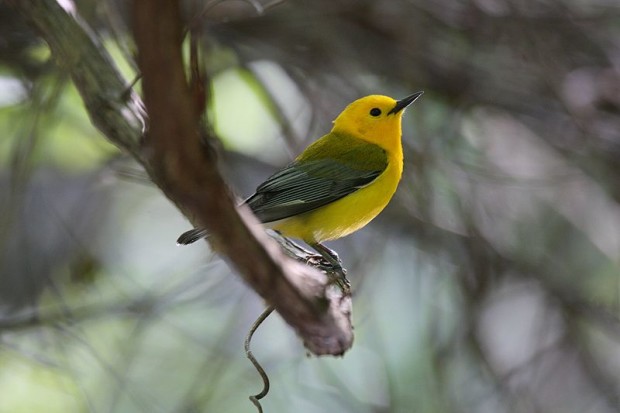
Clear-cutting wetland forests poses risks to two indicator species—the prothonotary warbler and Swainson’s warbler—and many other associated species, not to mention likely negative impacts on water quality.
This is not a sustainable form of biomass. It should not be allowed to count toward any nation’s renewable energy requirement. The research team suggests that Enviva could start planting fast-growing poplars as a more sustainable source of biomass, but planting trees is far more expensive than harvesting standing timber, and of course it’d take years after the planting investment to get the biomass. With its current sourcing strategy, I can’t see a way that the Ahoskie plant could be made sustainable. And it’s important to remember that this sustainability issue isn’t some accident. The plant was intentionally located near where a large hardwood paper plant had closed: logging these wetland forests is their business model. The future of the Enviva Ahoskie plant is the demise of far too many of the region’s wetland forests.
On a more optimistic note, the study does note a possible wildlife benefit from biomass harvests. Many pine stands in the SE are planted with a high density of trees with the expectation that some will die and others will be thinned after about 15 years (for pulpwood, a small-diameter product). But given fluctuating paper markets and other factors, many landowners delay thinning, or don’t thin at all. As a result, many pine stands have so many trees that they shade out almost all other plants, particularly the grasses, which is where most species live. If it focused on thinning pine stands, bioenergy harvesting could improve habitat for quail and many other species, particularly if the harvesting was targeted toward areas with better wildlife potential, and if landowners also used prescribed fires to maintain the habitat value of the grass layer.
For me, the study reinforces my conviction that bioenergy can be done badly and become a threat to diversity, or that it can also be done well and reduce risks to biodiversity—and can even help improve wildlife habitat in some cases. The difference between doing bioenergy well or badly is the enactment of policy—some speed limits and stop signs, if you will—that insist that bioenergy be done well, including the protection of biodiversity.















